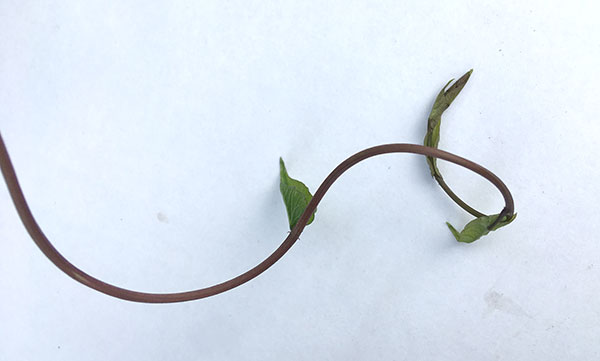Illustration © nic-nic 2019
Pest or guest of the month
|
This monthly selection offers a description of some of Warriston's beasty and 'beastly' inhabitants and advice on how to live with them organically. Find more in our Pest or Guest archive |
August 2019—Himalayan BalsamAB, east side Incredibly, this attractive pink flowering giant annual is related to the well known garden bedder, Bizzie lizzie. But it is not a variety we should welcome in our gardens or plots. Invasive now throughout the country, it is a major pest especially on riverbanks and waste ground.
Impatiens Grandulifera was introduced in the early 19th century and is happy in most conditions but especially shade. There, it runs rampant, its leafy succulent stems screening out all competitors. Spread by an explosive seed mechanism (800 seeds for every plant), it can cover a lot of ground in a short time—each seed burst can reach 22 feet away. These plants are not poisonous or harmful to humans. The easy way to control them is to pull them out by the root (they come away with very little resistance) before they set seed. There is no benefit from using weedkiller for this pest. If you see one on your plot or and most especially in our woodland area, remove immediately. You can compost in your plot. Any picked from the woodland can left in situ, piled into a heap. No need to burn unless there is danger of seed popping. For more go to: www.rhs.org.uk/advice/profile?pid=480 |

Bindweed aka Calystegia sepium

Bindweed aka Calystegia sepium
Photo Credit:NM |


